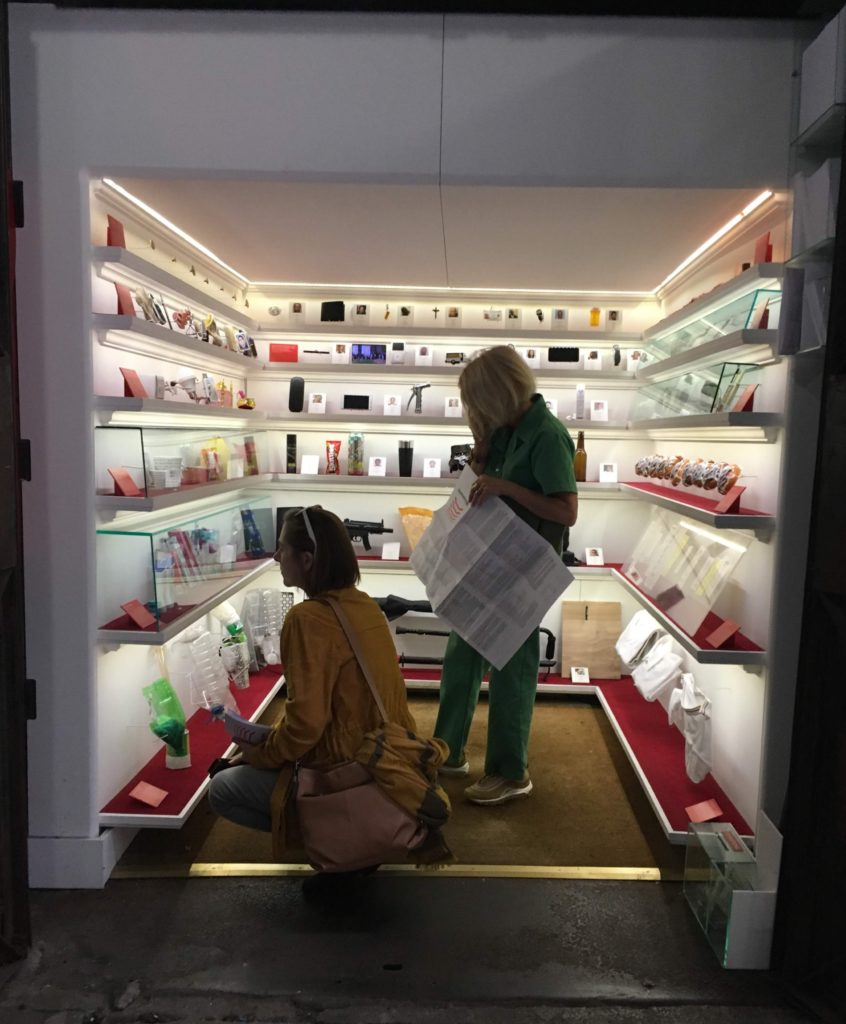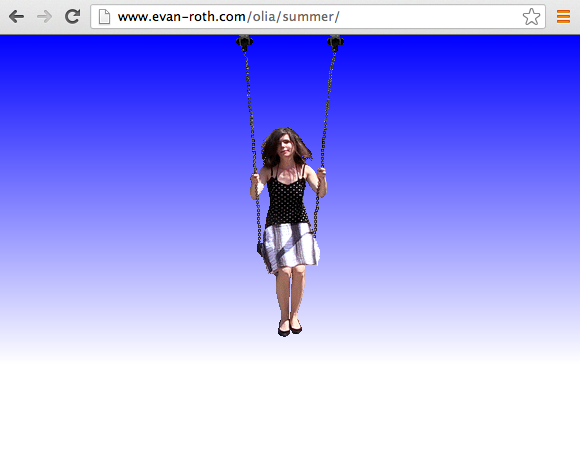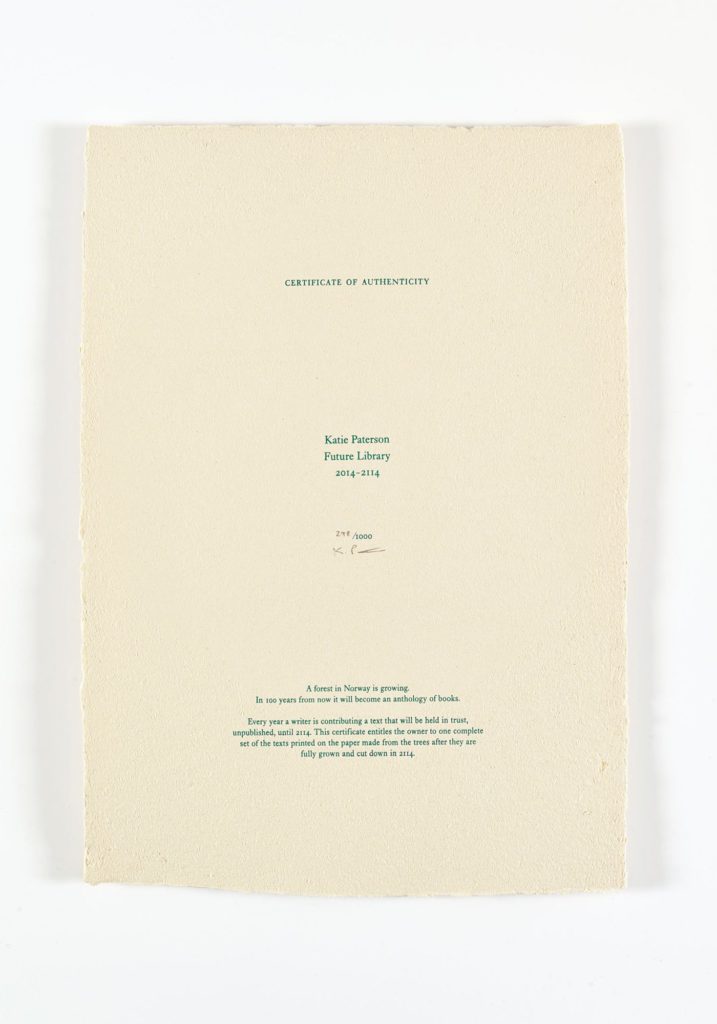Mmuseumm

My Place is New York City’s smallest museum, the Mmuseumm, housed in a decommissioned freight elevator shaft at 4 Cortlandt Alley. Free to the public.
The Mmuseumm is a “style of storytelling about the modern world. It is a contemporary natural history museum. It is a design museum about people. It is Object Journalism.” Founded by Alex Kalman, Benny and Joshua Safdie in 2012, the Mmuseumm frames itself as a contemporary Wunderkammern composed of artifacts, ephemeral objects, and evidence of human existence. Every shelf is a curated collection of objects accompanied with a red label noting provenance and a collection statement.
These objects are like records “disembedded from their creation and extracted into systems that allowed them to be used,” in this case viewed within a museum setting (Caswell, 2016, p.5). As information professionals we create networks of relationship between documents within collections and fonds. We assess the value of documents and attempt to predict its usefulness for an imagined future user. One of the exhibitions, Objects of Collapse, in collaboration with Patricia Laya (2018), features items purchased in Venezuela. When isolated, the knock-off Oreo cookies (Oieo Cookies) seem like an endearing rip-off. However, when placed on a shelf amongst fourteen other knockoff products, the visual evokes a darker narrative about counterfeits, economics, and social-political environments.
My fascination with the Mmuseumm model is their focus on curating “non-art objects,” questioning the value of artwork displayed in traditional institutions of authority. Is this form of radical cataloging? Mmuseumm turns the lens to banal objects that once placed amongst a collection become imbued with meaning and significance. The elevator shaft becomes a microcosm of the world as well as an actualized metaphor of an archive, instead of a database, users step into an elevator shaft and visually scrolls through the rows of documents.
Olia Lialina

My Person is Olia Lialina, a net artist, archivist, and co-author of Digital Folklore (2009) a book about various facets of amateur digital culture from meme’s to DIY electronics.
I first came across Lialina through a video interview in Quartz about early amateur websites from the 90’s. Lialina uses the Internet as a medium while at the same time analyzing the relationship between users and the changing digital landscape. Having a background in fine arts, I’m drawn to Lialina’s practice that blends the line between art and digital archiving. Sometimes labeled as a “net-crusader,” she advocates for the importance of early Internet culture. This includes examples of personal web pages in the 90’s and DIY websites before the rise of subscription site creators like Squarespace and Wix. By preserving these “amateur” websites, Lialina creates context for how the relationship between the user and the World Wide Web has evolved.
She co-created One Terabyte of Kilobyte Age, a Tumblr feed that posts screenshots of GeoCities websites every 20 minutes. The screenshots are sourced from one terabyte of GeoCitie sites archived by The Archive Team in 2009 when Yahoo announced it was no longer hosting the web service. This Tumblr feed is an image bank and resource for users to access the early internet through digital surrogates of GeoCities. It should be noted that Yahoo acquired Tumblr in 2013, bringing into question how long will Tumblr continue to be hosted?
Digital Folklore is composed of essays exploring digital vernacular and the evolution of the “user.” Lialina and co-author Dragan Espenschied define Digital Folklore as:
“[E]ncompassing the customs, traditions and elements of visual, textual and audio culture that emerged from users’ engagement with personal computer applications during the last decade of the 20th and the first decade of the 21st century.”
(Lialina 2009)
We’ve discussed in our Information Foundation class, the powerful role archivists have in determining our social memory and assigning value to what is preserved and what is not. Yahoo’s decision to no longer host GeoCities, potentially driven by the lack of economic profit, reflects a devaluing of early Internet culture. Without archivists like the Archives Team, acknowledging the cultural value of this niche Internet world, we as a culture would have lost evidence of how the early World Wide Web was utilized. Through her work and application of these digital archives, Lialina demonstrates similar tenants of archival theory to create diverse and inclusive collections.
The Future Library
My Thing is The Future Library by Katie Paterson.

This work of art that will span one hundred years began with planting one thousand trees in a forest outside of Oslo, Norway in 2014. The forest “will supply paper for a special anthology of books to be printed in 100 years time. Between now and then, one writer every year will contribute a text, with the writings held in trust, unread and unpublished, until the year 2114” (Paterson). Patterson is known for creating works of art that utilize time as a material, creating tangible expressions of geological and deep time. Check out the The Fossil Necklace for another example.
An aspect of the information profession that intrigues me is the duality of information and time. Archivists try to determine methods of preserving documents for future users while simultaneously negotiating what documents a future user will want to access. This piece has created an archive of unknown contents where authors are writing manuscripts for an unknown audience. The manuscripts will be housed in the New Deichmanske Library, opening in 2020 in Bjorvika where “the authors’ names and titles of their works will be on display, but none of the manuscripts will be available for reading– until their publication in one century’s time” (Paterson). I keep thinking of Sue McKemmish’s quote, “records [are] always in a process of becoming” (Caswell 2016).
I wonder what guidelines or ethical “value” systems the Future Library Trust follows to nominate authors and how the charge reflects our information role to select, retain, record, archive, and promote. How will this project be passed along to the next generation of caregivers maintaining the forest and the stewards of this evolving library?
References
Mmuseumm. (n.d.). Retrieved from http://www.mmuseumm.com/
Wyman, Annie, J. (2014, November 10). Cabinet of Wonder. The Paris Review. Retrieved from https://www.theparisreview.org/blog/2014/11/10/cabinet-of-wonder/
Lialina, Olia. (2015, November). Not Art&Tech: On the role of Media Theory at Universities of Applied Art, Technology and Art and Technology. Retrieved from http://contemporary-home-computing.org/art-and-tech/not/
Olia, Lialina. Espenschied, Dragan. (2009). Preface: Do you believe in Users? Retrieved from https://digitalfolklore.org/
Quartz. (2019, July 18). The early internet is breaking – here’s how the World Wide Web from the 90s on will be saved. Retrieved from https://www.youtube.com/watch?v=2LzyRcLJdlg
Future Library, 2014 – 2114 (n.d.). Retrieved from https://www.futurelibrary.no/#/
Paterson, Katie (n.d.). Retrieved from http://katiepaterson.org/portfolio/future-library/
By Hilary Wang